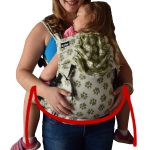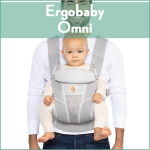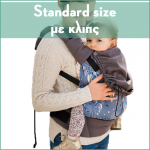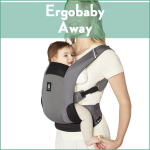An ergonomic baby carrier:
-
Allows the baby to maintain their natural posture
The carrier adjusts to the baby — we don’t want the baby to adjust to the carrier!
Knees spread apart
(at an angle of approximately 90° between them)

Knees higher
(in small babies always higher than the bottom)

Curved lower back
(pelvis tilted forward)

-
Allows you to adjust it EXACTLY THE WAY you want to wear it
tighten or loosen it
you ensure proper positioning and free breathing
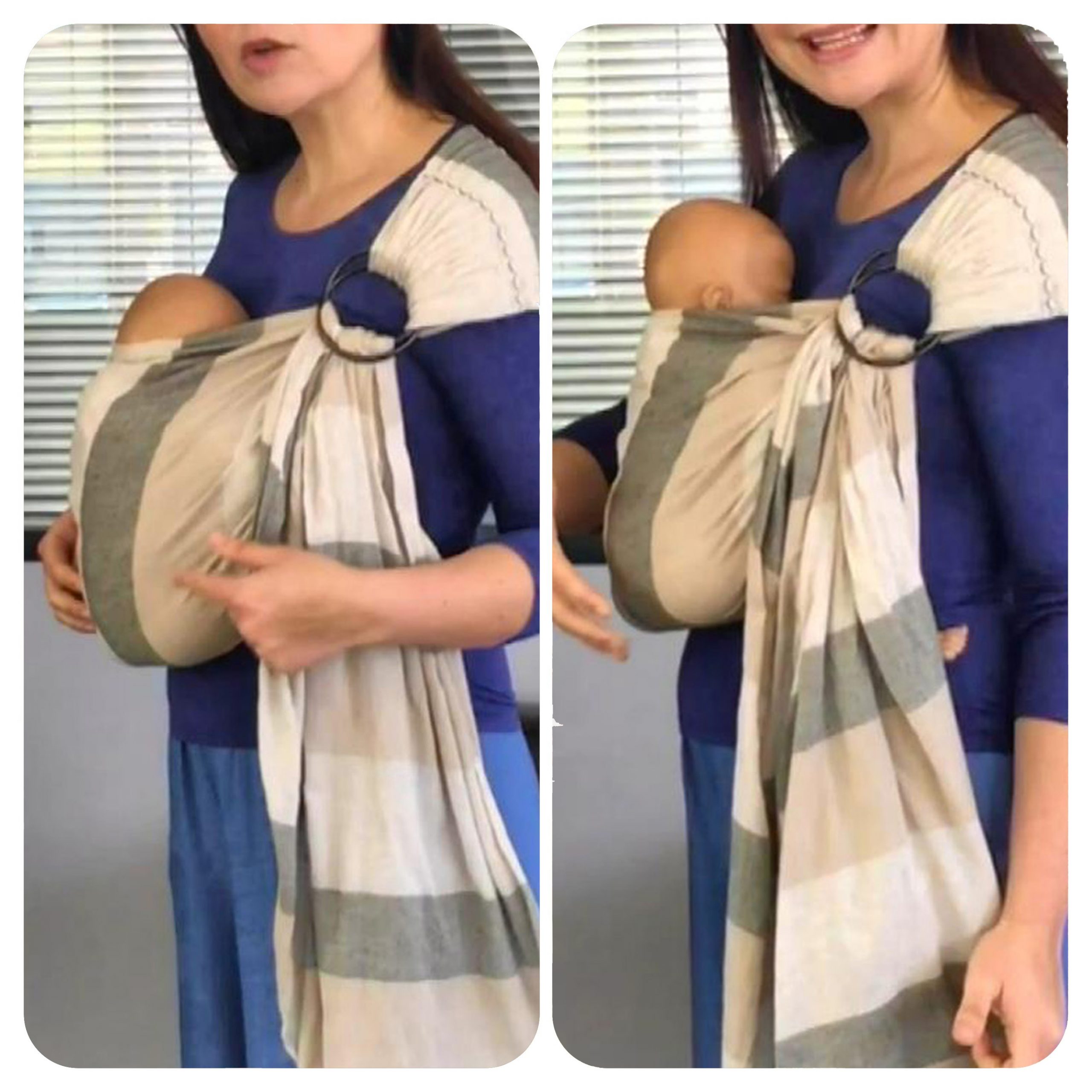
adjust the height of the support
to support the baby's head or let the baby look around

adjust where you wear it
to carry the baby higher or lower on your body

What we do NOT want
We do NOT want a baby hanging from the crotch:
(carrier with a narrow base, like “underwear” for the baby)
We do NOT want a straight back
or a backward-leaning posture

We do NOT want closed legs
this does not protect the baby's hips
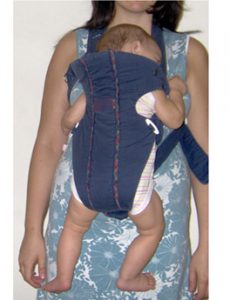
We do NOT want legs hanging down
this is not what your baby would naturally choose

Read this article about infant hips.
Also watch this video about the basic principles of babywearing to understand why all the carriers on this page are very different from conventional ones.
In this video, we had a lovely discussion about ergonomic baby carriers and their advantages.
We also try out various types of ergonomic carriers with a real baby and make comparisons.
How to easily recognize an ergonomic baby carrier
Look for two “shapes”:
Choose the ergonomic baby carrier that suits you best
Read more to find out which baby carrier to choose.
What if I have a conventional carrier?
Don’t worry. No non-permanent position can cause permanent harm to a healthy baby.
If it’s your only option, wearing your baby in a conventional carrier is a thousand times better than letting them cry or depriving yourself of basic freedoms.
It’s wonderful to have a baby — and you should enjoy it!
Whatever helps make things easier is definitely a good thing.






